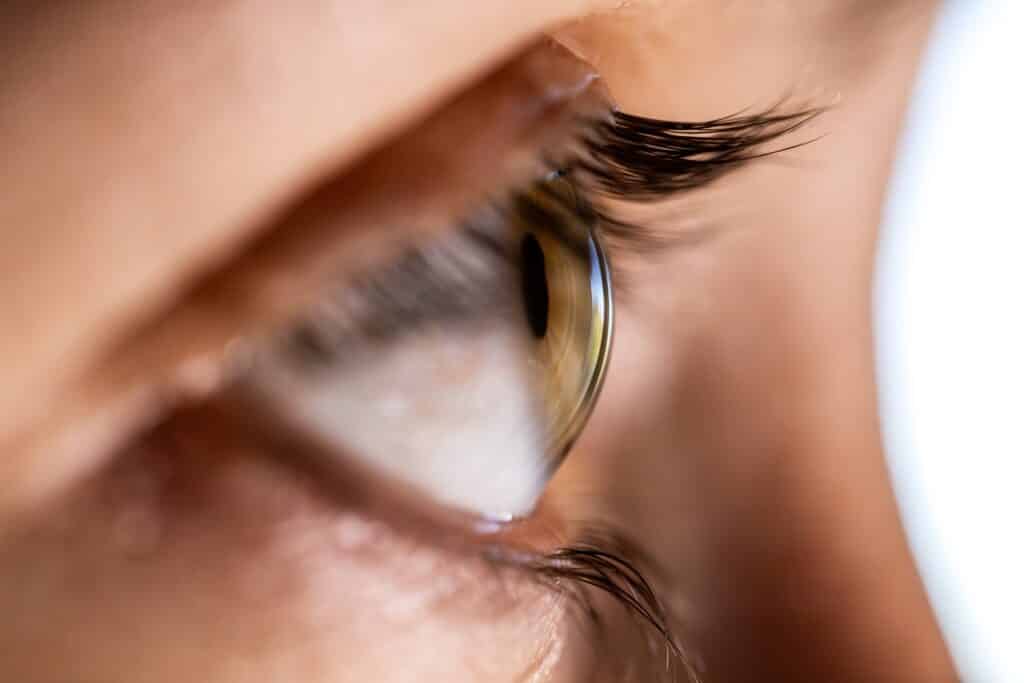
About Cornea Transplants
A corneal transplant involves surgically excising the diseased or damaged portion of the cornea and replacing it with a healthy donor sample. Our expert surgical team utilizes advanced technology to carry out the most successful partial-thickness cornea transplant and produce optimal results.
DSAEK
Descemet’s Stripping Endothelial Keratoplasty (DSAEK) is a partial-thickness corneal transplant that is performed to remove both the Descemet’s membrane and endothelium layers of the cornea. Both parts are then replaced with healthy donor tissue. This surgery uses a thinner layer of donor tissue compared to a full transplant.
DMEK
Descemet’s Membrane Endothelial Keratoplasty (DMEK) is a partial-thickness corneal transplant similar to DSAEK, but it utilizes an even thinner sample of endothelial tissue to improve a patient’s vision.
Who Is a Candidate for Cornea Transplant?
Patients who have been affected by the following symptoms may be candidates for a partial-thickness cornea transplant:
A partial-thickness corneal transplant is often done to treat corneal swelling disorders, including Fuchs’ dystrophy and Bullous keratopathy. A full exam will be performed at Kirk Eye Center to determine if you are a candidate for this surgery.

Cornea Transplant Technique
Both DSAEK and DMEK are outpatient procedures performed within about 30 minutes. You will be given anesthesia to keep you comfortable throughout the procedure. During DSAEK surgery, a tiny incision will be made at the edge of the cornea. Next, the damaged Descemet’s membrane, endothelium, and a small portion of stroma will be removed and replaced with a healthy donor graft. An air or gas bubble will be placed under the donor tissue to hold it in place, and the area will be stitched closed, or else it will heal on its own. DMEK is performed in a similar manner except is slightly less invasive in that it involves a thinner amount of tissue (Descemet’s membrane and endothelium, but no stroma).
What to Expect After Cornea Transplant
After your partial-thickness corneal transplant, we will provide detailed post-operative guidelines to ensure proper healing. Following surgery, you should start to notice vision improvements within the first couple of months with full results developing after about six months. Patients who undergo DSAEK typically achieve 20/40 vision while DMEK patients usually attain vision around 20/25. You may be required to attend a series of follow-up appointments at our office to monitor your health. The full recovery phase may take several months, but the team at Kirk Eye Center is here to support you every step of the way.
Frequently Asked Questions
Schedule Your Appointment Today
Both DSAEK and DMEK are partial-thickness corneal transplants that boast high success rates, improved vision, and low rates of donor tissue rejection. Our team utilizes top-of-the-line technologies and techniques to perform both DSAEK and DMEK. We encourage you to contact our office in River Forest or Gurnee, IL to find out about how we can help you attain clearer vision.

